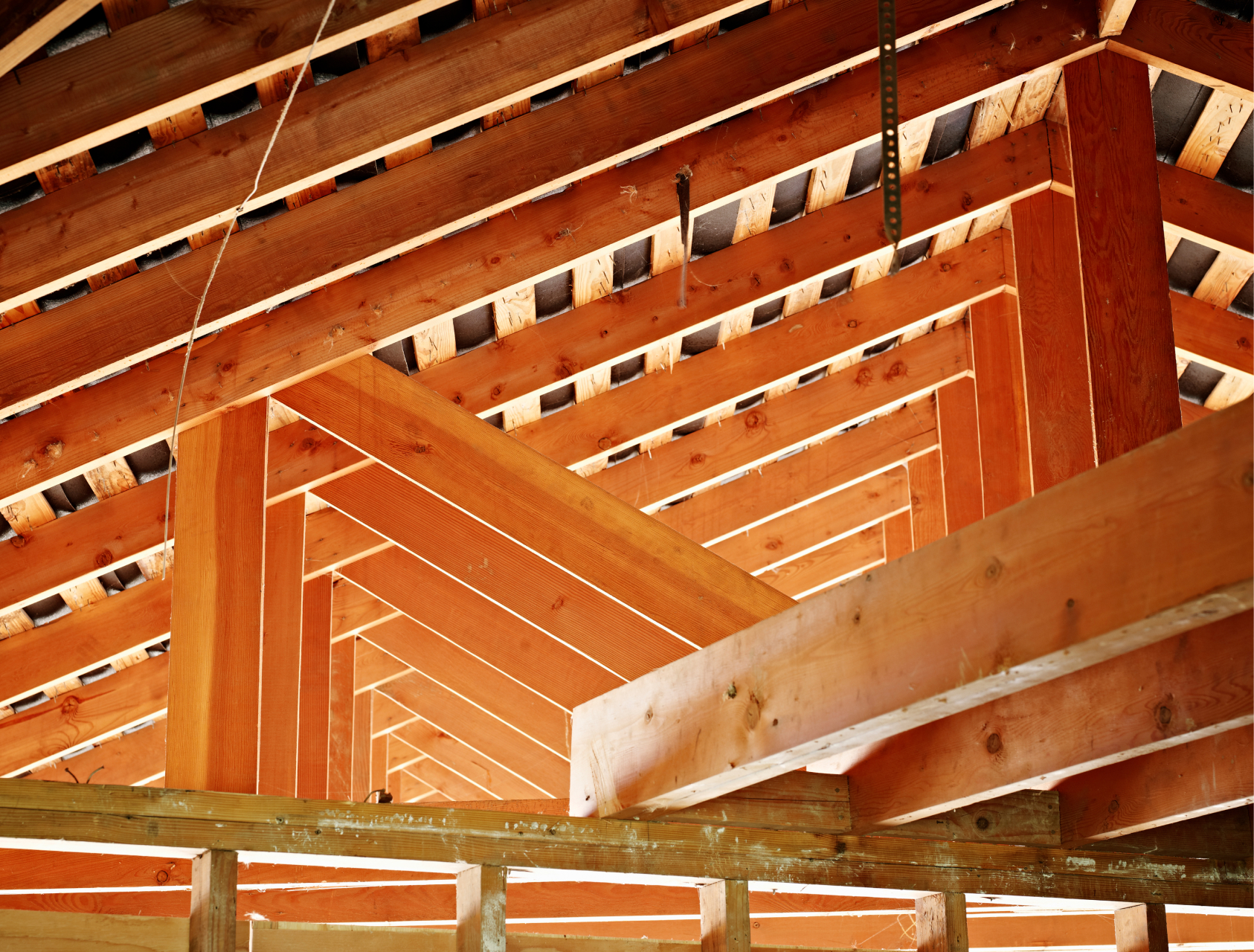
Many of the trends that have driven homeowners’ insurance rates higher are likely to persist, though increases may moderate over time. However, since CPI excludes homeowners’ insurance, this is unlikely to impact the Federal Reserve’s thought process on monetary policy over the next several years.
The average homeowners’ insurance policy cost roughly $1,900 in 2023, up over 20% from the previous year and nearly 50% from before the pandemic. While the meteoric rise in auto insurance costs has become top-of-mind for many, the increase in homeowners’ insurance has gone largely undiscussed. Still, understanding why this has happened and how it might impact the U.S. economy is worthwhile.
Some key drivers include:
- Increased claims: More frequent and severe weather events have led to increased claims. In 2023, the U.S. experienced a record 28 major natural disasters that caused at least $1 billion in damage. The estimated insured property losses due to natural catastrophes in the last four years have totaled over $360 billion, nearly 40% higher than the previous four years.
- Higher repair costs: Inflation in building materials – such as lumber, up 16% since the pandemic – and construction labor has driven up the cost of repairs. These rising costs make it more expensive for insurers to pay out claims, which in turn pushes premiums higher.
- More uninsured homeowners: The higher cost of home insurance has made it unaffordable for many, causing some homeowners, particularly in perceived “low risk” areas, to go without. In fact, 12% of U.S. homeowners are presently uninsured, up from 5% in 2015. As insurance works on risk distribution, when less risky homeowners drop out of coverage, premiums increase for the remaining policyholders.
- Private insurers withdrawing from high-risk states: Due to substantial losses, some private insurers are pulling out of states prone to climate-related disasters. Consequently, homeowners in these areas are often left with no choice but to buy coverage from state-owned insurers, which typically offer lower coverage at higher premiums.
The impact of these combined forces is twofold on the U.S. economy.
First, it suggests that U.S. homeowners have been experiencing “shadow inflation” beyond what the traditional CPI index would suggest. The “Shelter” component of CPI includes “tenants and household insurance”, which is a proxy for renters’ insurance. Representing less than 0.4% of the overall CPI basket, this component, which was up 2.9% year-over-year in 2023, had little impact on reported inflation. If homeowners’ insurance was used instead and held at the same weight, headline inflation last year would have been nearly 80 bps higher.
Second, it suggests that a sluggish housing market may persist, even if mortgage rates move lower. Homeowners’ insurance, while not legally mandated, is a near-universal prerequisite for mortgage lenders. Home prices could in theory fall to account for this increased ancillary cost but may not, as many homeowners are reluctant to sell property at a loss. The result is further stagnation in the housing market and a deepening of the supply dearth already making home ownership unattainable.
Looking forward, the outlook is mixed. Many of the trends that have driven homeowners’ insurance rates higher are likely to persist, though increases may moderate over time. However, since CPI excludes homeowners’ insurance, this is unlikely to impact the Federal Reserve’s thought process on monetary policy over the next several years.
Growth in homeowners insurance premium has outpaced renters insurance

Source: NAIC, Policygenius, J.P. Morgan Asset Management. Data are as of June 20, 2024.
09nw242106130118






